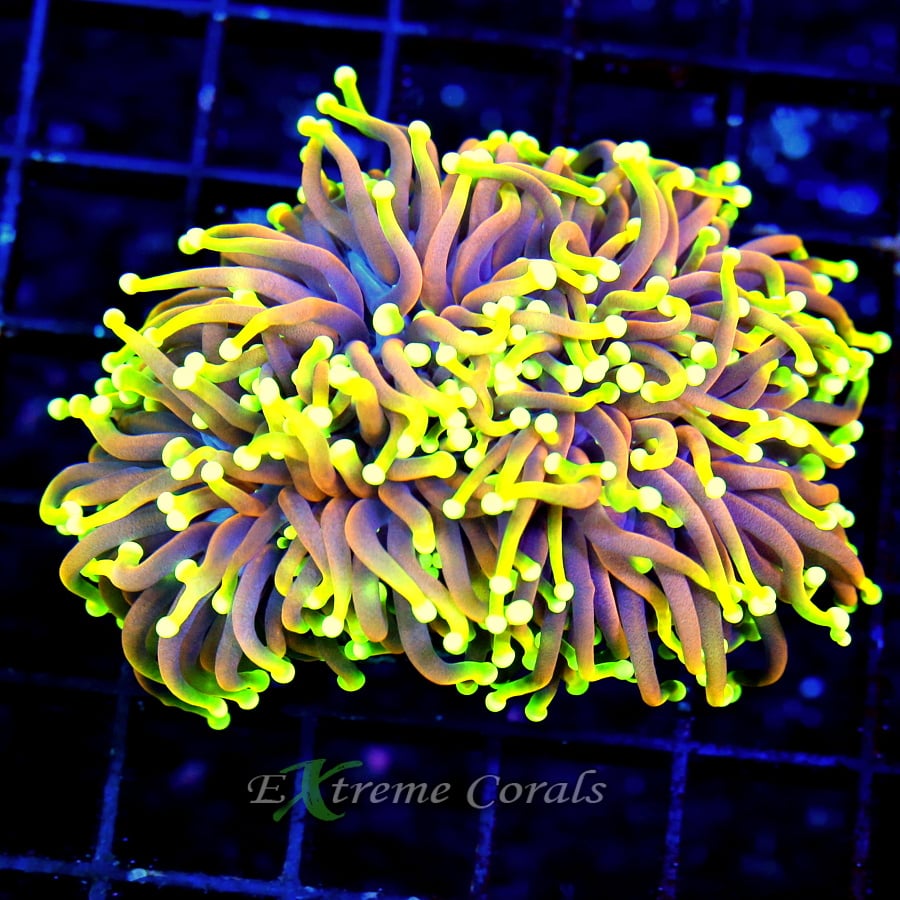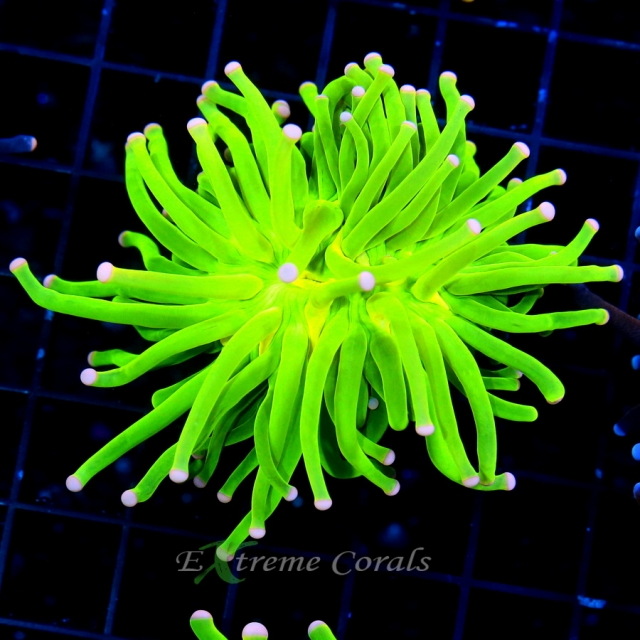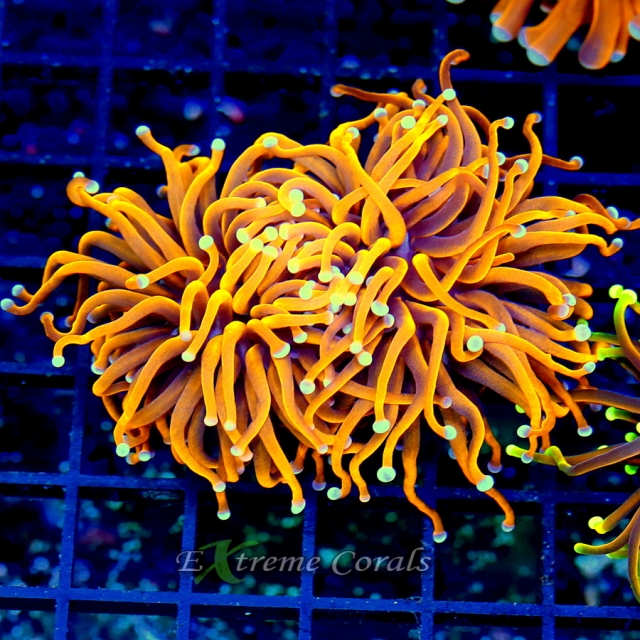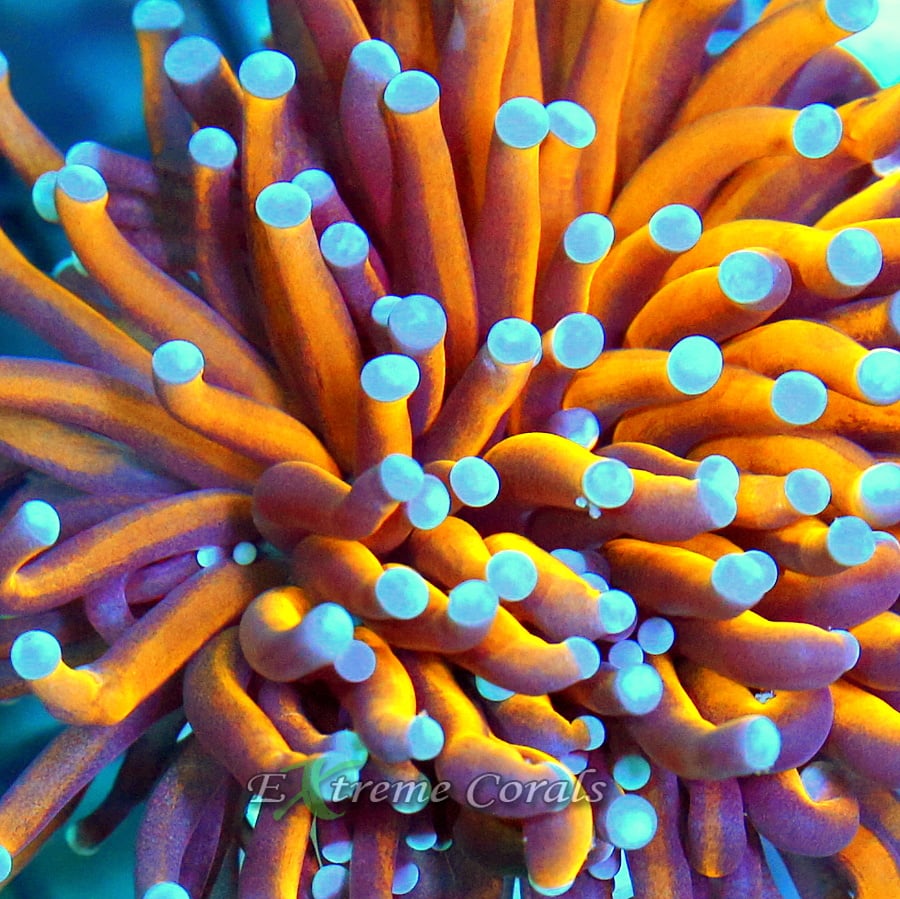Extreme Corals News and Updates
Understanding Torch Coral Compatibility
Mastering Torch Coral Care: Tank Requirements, Compatibility, and Feeding Tips
Discover essential tips for torch coral care, including tank requirements, ideal tank mates, feeding methods, and troubleshooting. Ensure a thriving marine environment with our comprehensive guide
by scott Shiles • February 07, 2024
When adding torch coral to your tank, it's essential to consider their compatibility with other corals and marine life. Torch corals can be aggressive and have long sweeper tentacles that can harm neighboring corals. Therefore, it's best to place them away from other corals to avoid conflict. Additionally, some fish may pick at the tentacles of torch corals, causing damage. Keep torch corals in a dedicated space and choose tank mates carefully to ensure a harmonious environment for your marine life.
Tank Requirements for Torch Coral

When adding torch coral to your tank, it's important to ensure you meet the right tank requirements. Torch coral thrives in a well-established aquarium with stable water parameters. They prefer moderate to high lighting and moderate water flow. Providing them with stable and clean water conditions will help promote their health and growth. It's also important to maintain proper calcium, alkalinity, and magnesium levels in your tank to support the growth of torch coral.
Ideal Tank Mates for Torch Coral
Torch corals can coexist peacefully with certain tank mates. Avoid placing torch corals near aggressive or large-polyped stony (LPS) corals, such as hammer or frogspawn corals, to prevent potential territorial issues. Compatible tank mates include: clownfish, damselfish, gobies, and other small, peaceful fish. It's important to maintain water parameters and provide appropriate space to ensure the well-being of all tank inhabitants.
Incompatible Tank Mates for Torch Coral

Torch corals are not compatible with certain tank mates due to their stinging tentacles. Avoid placing them near other corals, as they may harm each other. Additionally, aggressive fish and invertebrates can damage the delicate structure of the torch coral. It's important to carefully select tank mates to ensure the well-being of your torch coral.
Lighting and Water Flow Needs for Torch Coral
Torch corals require moderate to high water flow and moderate to high lighting to thrive in your tank. Moderate flow is important to prevent the coral from being damaged, while high lighting is necessary to support the coral’s photosynthetic needs. Ensure that your tank's lighting and water flow meet these requirements to successfully accommodate torch corals.
Feeding and Nutrition for Torch Coral
Torch corals are not photosynthetic and need to be fed regularly. They can be fed small meaty pieces of food, such as mysis shrimp, enriched brine shrimp, or finely chopped fish or shrimp. It’s important to target-feed each head of the coral to ensure that all heads are getting enough food. This can be done with a turkey baster or a pipette. Feeding the torch coral 2-3 times per week can help it thrive in your tank.
Coral Placement and Handling

When placing torch coral in your tank, it's important to keep in mind that they have long, sweeper tentacles that can sting other coral. To prevent this, make sure to leave enough space between the torch coral and other coral in your tank. Additionally, when handling torch coral, be cautious of their stinging tentacles to avoid any harm to yourself and the coral.
Common Issues and Troubleshooting
Torch corals can experience common issues such as tissue recession, bleaching, or brown jelly disease. To troubleshoot these problems, you should check your water parameters for stability and ensure proper lighting and flow in your tank. It's essential to maintain a consistent feeding schedule and ensure that your torch corals have enough space between them and other corals to prevent aggression. If you notice any signs of distress, consider moving the coral to a different location in the tank to see if it improves. Taking these steps can help you address common issues and maintain the health of your torch corals.
Acclimating Torch Coral to Your Tank
When adding Torch coral to your tank, it's important to take the time to properly acclimate them. Here are some key points to keep in mind:
Torch coral should be slowly drip acclimated to your tank to help them adjust to the new water conditions.
Place the coral in a container with tank water and set up a siphon drip line to slowly introduce tank water over a period of 1-2 hours.
Keep an eye on the coral for any signs of distress during the acclimation process, and be patient as they get used to the new environment.
Proper acclimation will help ensure the health and longevity of your Torch coral in your tank.
Conclusion and Final Tips
As you wrap up, keep in mind that torch corals require stable water conditions, moderate to high water flow, and moderate lighting to thrive. When placing them in your tank, make sure they have enough space and are not too close to other corals to prevent aggression. Regular water testing and maintenance are essential to ensure the proper conditions for torch corals. Lastly, remember that torch corals can produce long sweeper tentacles, so it’s important to account for their potential reach when deciding where to place them in your tank.

